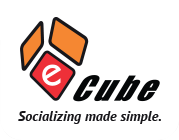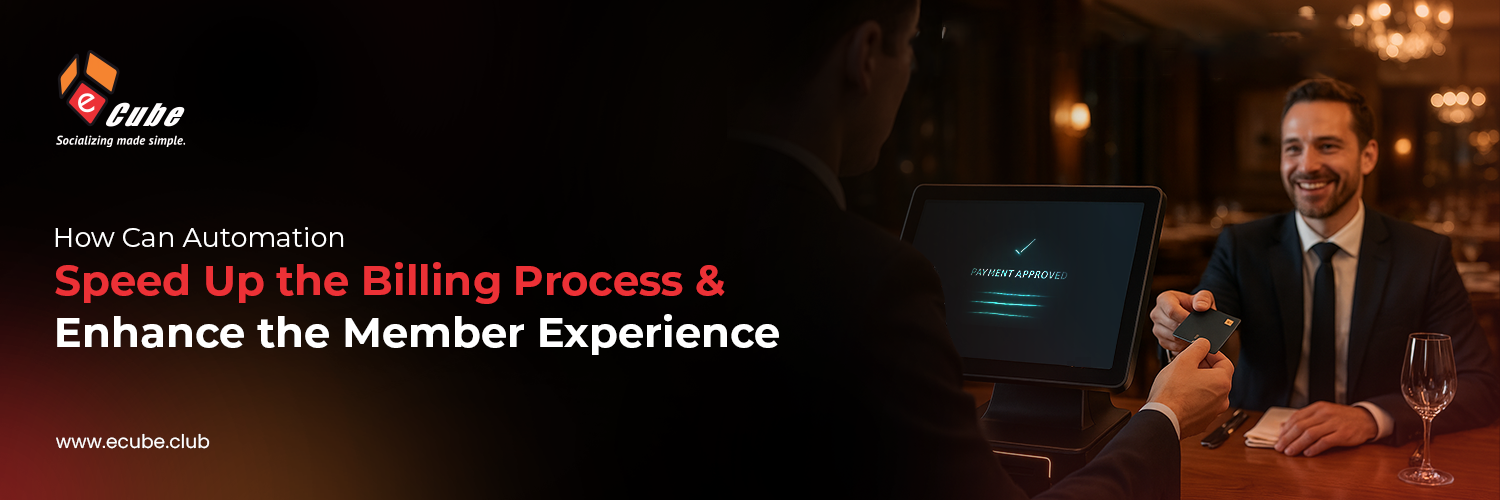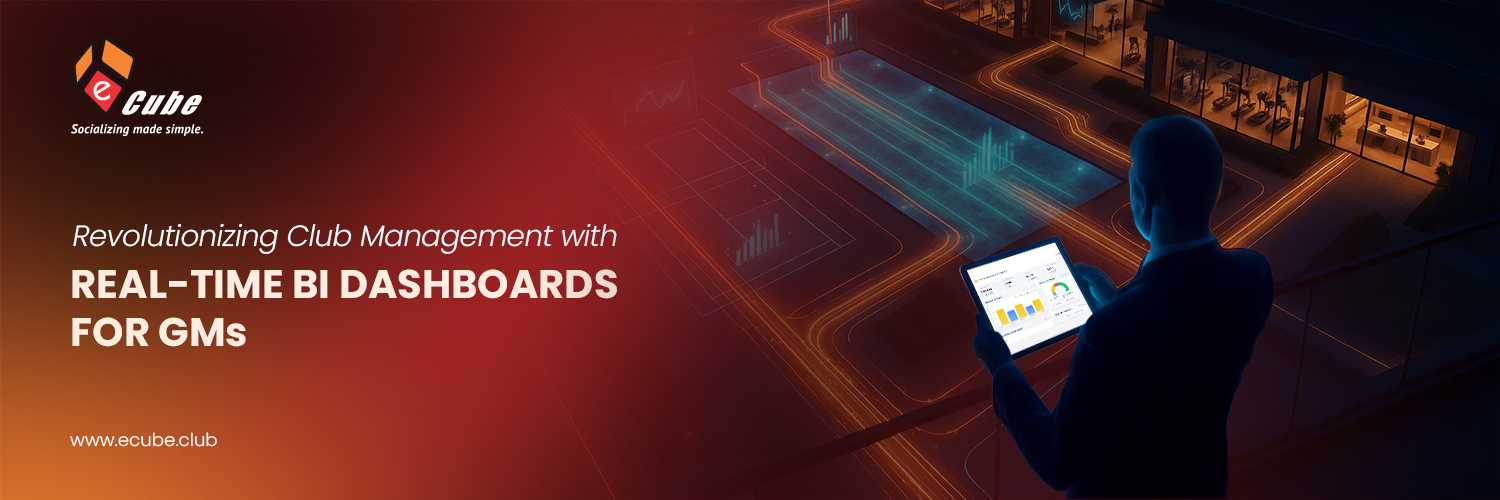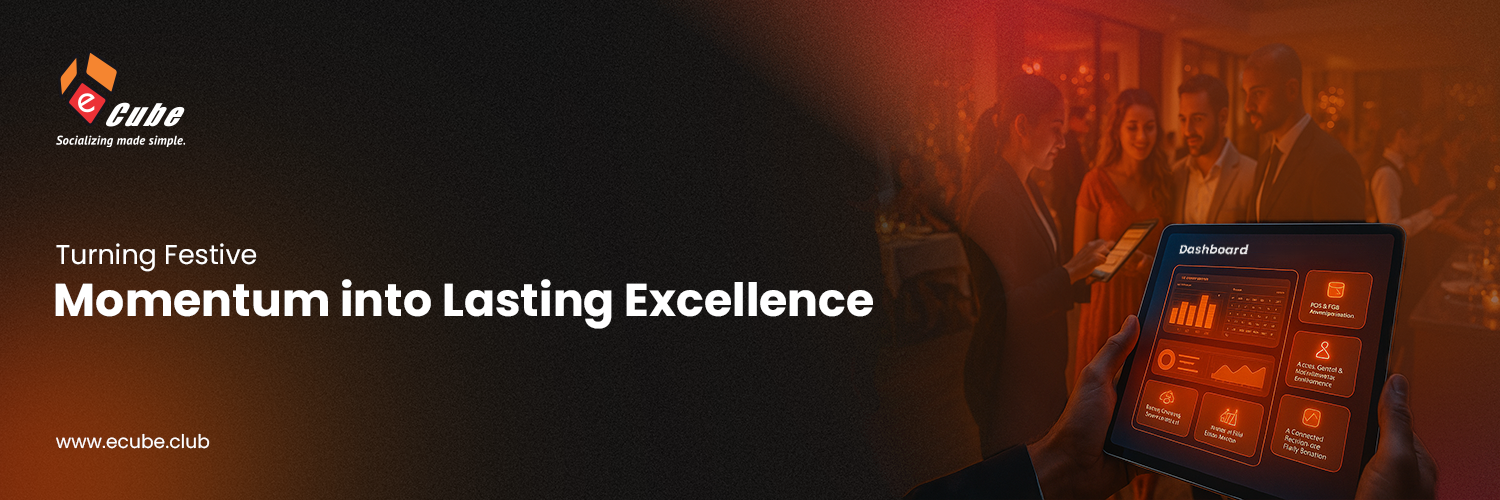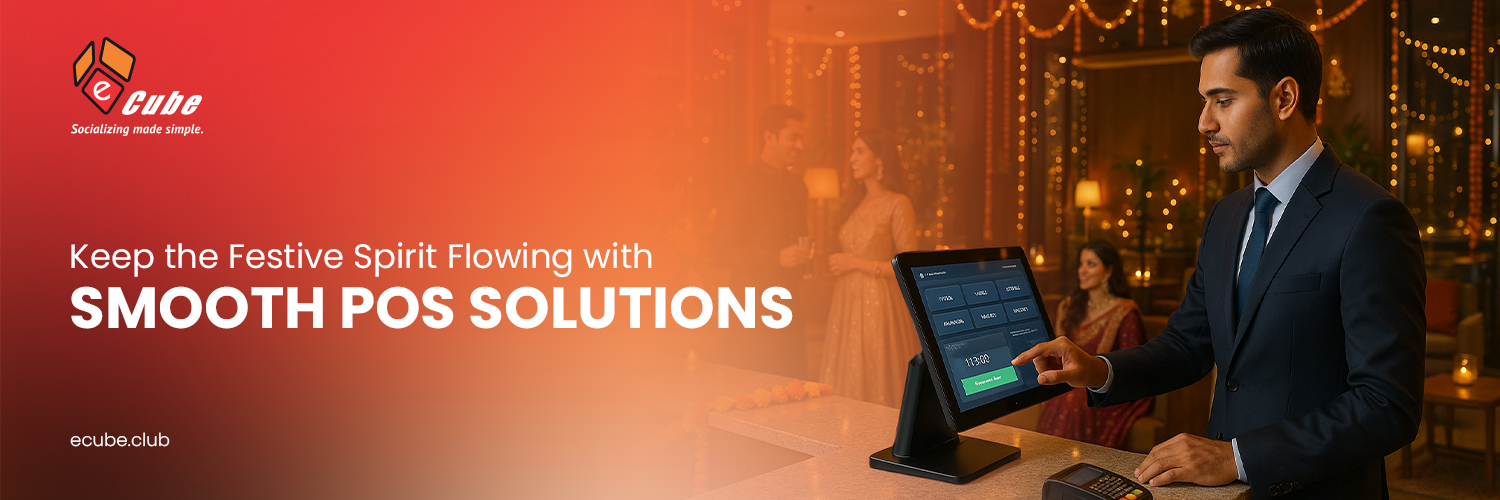Billing is often the most visible operational touchpoint in a member’s journey. When it is slow, opaque, or inconsistent, confidence erodes quickly. Queues at dining counters, fragmented charges across systems, unclear taxes and fees, failed card attempts, and paper-only receipts create friction that members remember. The result is dissatisfaction at the front desk, rising support volumes, disputed invoices, and preventable churn.
The operational impact is just as serious. Manual steps extend invoice cycle times, inflate Days Sales Outstanding, and increase reconciliation effort for finance teams. Siloed POS and membership databases lead to duplicate entries and data mismatches. Staff spend valuable time keying transactions instead of hosting members, while leaders struggle to trust revenue, aging, and collection metrics.
Automation addresses these issues directly. Club billing automation unifies charges across touchpoints, applies consistent rules, and executes payments reliably. With POS integration for clubs, automated membership billing, digital receipts, and member self-service portals, organizations can compress cycle times and raise satisfaction at the same time. This article outlines the core building blocks, what to evaluate in a solution, and the metrics that prove progress, before concluding with practical options to put these ideas into action.
Why billing speed matters to members
When billing lags, members feel it immediately:
- Queues at restaurants and activity desks because staff are manually keying orders or splitting bills at the counter. Members prefer to pay on their own phone with QR or one-tap options that end the wait. Platforms built for digital checks show measurable reductions in wait time and higher satisfaction when guests can settle up themselves.
- Lack of transparency. If charges are spread across POS, membership, and bookings, members cannot see a single invoice or receipt history, which leads to disputes and repetitive support tickets.
- Failed payments that trigger embarrassing conversations. Smart, automated retries recover many failed transactions silently and reduce involuntary churn.
- Missing or paper-only receipts. Digital receipts lower costs and let members find records instantly, while giving your team a way to attach links for feedback or offers.
What typically slows clubs down
Manual invoicing, siloed POS, and end-of-day reconciliations create bottlenecks. Review platforms and vendor marketplaces now treat billing, CRM, reporting, and broad integrations as baseline. If any of those are missing, cycle times stretch and member trust erodes.
The building blocks of automated billing
a. One ledger for all touchpoints
Connect membership, dining, classes, spa, courts, banquets, and pro shop transactions to a single account view. A PMS–POS style integration ensures every charge flows into the member’s account in real time, which cuts reconciliation work and reduces disputes.
b. Automated invoices and renewals
Rules-based invoice generation for dues, lockers, packages, and events eliminates spreadsheet gymnastics. Auto-generated invoices tied to payment terms and membership types are a norm now in modern clubs and are considered as a baseline.
c. UPI AutoPay and mandates
UPI AutoPay enables recurring e-mandates for dues with member control over pause or revoke. NPCI has given new guidelines for this, as of August 2025, new rules define tighter windows and API usage for mandate execution that providers must follow.
d. Security by design
Tokenization keeps card data out of your environment and reduces PCI DSS scope.
Speed members can feel
- Self-serve checkout. QR ordering and digital checks reduce wait times and let staff host rather than handle card machines.
- Member portal and mobile app. Members view invoices, split bills, apply credits, and pay from anywhere. Leading clubs and hospitality establishments now boast of secure online payments with integrated POS and detailed reports.
- Always-available receipts. Digital receipts remove paper clutter and add space for contextual information, which improves clarity and follow-up engagement.
Accuracy and control for finance
Automation improves cycle time and auditability:
- Consistent taxes and fees applied uniformly across F&B and amenities once you centralize rules.
- Real-time reconciliation because POS, gateway, and ledgers are integrated. Industry overviews and review hubs point to billing, invoicing, and reporting as high-priority features that reduce manual effort.
- Smarter collections with reminders and auto-retries that recover failed payments while keeping member communication clear and timely.
- Lower risk through tokenization and a smaller compliance footprint.
What to look for when you evaluate solutions
- End-to-end integration across POS, access control, accounting, payment gateways, and analytics. Vendors that offer broad APIs and turnkey integrations help you move faster.
- Recurring billing with mandate support where needed, including UPI AutoPay. Confirm member-friendly pause and cancellation flows.
- Revenue recovery features like configurable retries and dunning emails.
- Member app and web portal for invoices, payments, credits, and receipts.
- Security posture with documented tokenization practices and PCI alignment.
- Reporting and analytics for aging, payment method mix, and recovery rates.
Metrics that prove it is working
Track both front-of-house and finance outcomes:
- Average queue time at counters
- Checkout completion rate on web and app
- Invoice cycle time and DSO
- Recovery rate from failed payments
- Billing-related support tickets per 1,000 members
- Digital receipt opt-in and feedback response rates
A quick end-to-end flow
A member books two squash slots, grabs lunch, and buys guest passes. Every charge lands on the same member account instantly through POS–membership integration. The member opens the app, sees a single invoice, taps to pay, and receives a digital receipt. If the card fails, the system schedules smart retries and offers UPI AutoPay setup for next month. Finance sees settlement and updated ledgers in real time. No queues. No backlogs. Less noise for your team.
How eCube can help
When you choose to operationalize these ideas, eCube brings together integrated billing, POS connectivity, member web and mobile experiences, and invoice and receipt management in one platform tailored for clubs. In the member app and portal, members can view invoices, check ledger details, and pay online, while finance teams get invoice and receipt management along with payment tracking.
eCube’s stack also emphasizes integrated POS and online payments to speed billing and recovery, with reporting that keeps billing KPIs visible for managers and controllers.
Conclusion
Automated billing is not a back-office upgrade. It is a member experience accelerator and a finance control system in one. Start by unifying your ledger across touchpoints, automate invoices and renewals, enable self-serve payments, and harden security with tokenization. Add UPI AutoPay where relevant, and use analytics to track queues, completion rates, and recovery. The payoff is faster cash, fewer disputes, and members who feel in control. If you want a single platform that already knits these pieces together for clubs, explore how eCube can help you move from manual steps to an automated, member-first billing journey.
